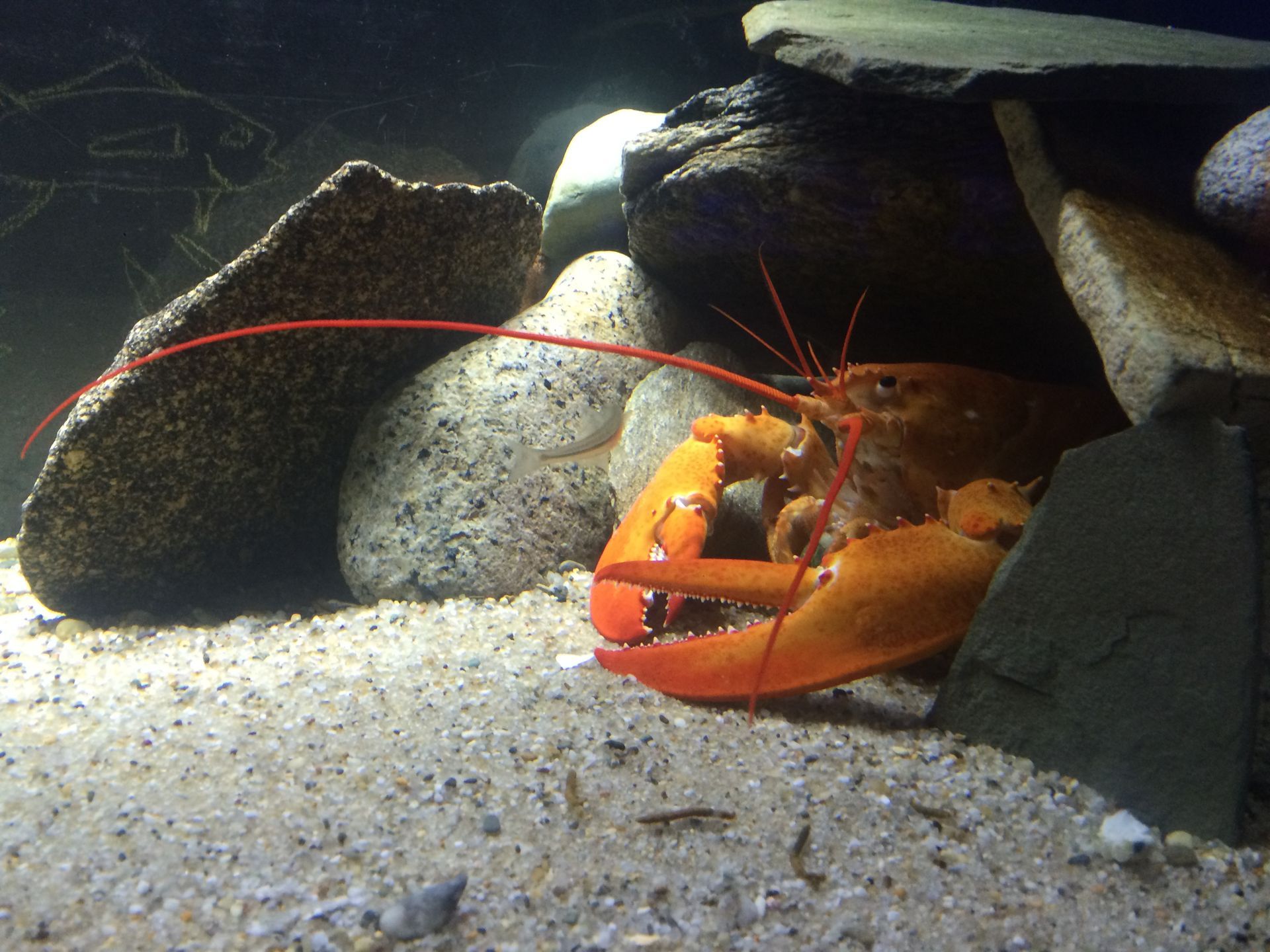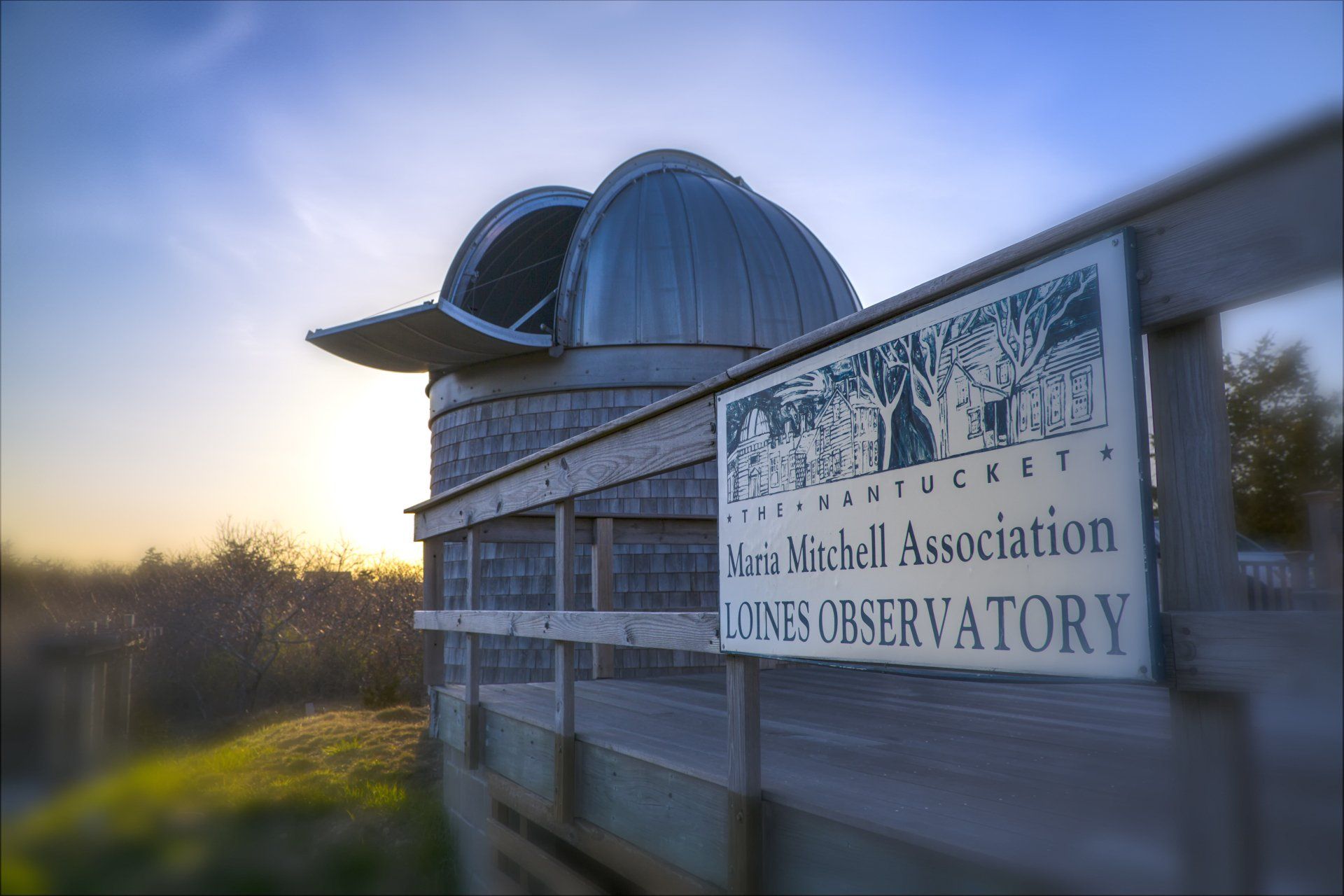Keep Calm and Bird On: February 2023
“If you don’t look, you don’t see. You have to go and look.”
-Edith Andrews
Like many older birders, I resisted technology as an interruption of a pleasant way to experience the natural world. But I’m coming around to some of its useful aspects. One I’ve come to like is the recording feature. This enables eBird to suggest an identification for a sound. At first it was nice to have confirmation of sounds I had already learned. But it is also a challenge to learn more songs from less common birds or less-heard variations from more common ones.
As we all know, birds are often difficult to see well—flighty, elusive, secretive as they are. So often, in so many parts of the world, camouflage equals survival. And when seen with a group of birders, it is not always easy to get everyone on the bird. The angle of view changes with height and position. But sound carries, and it is how birds locate one another, establish territory, find food and mates.
With this in mind, I was interested in Scott Weidensaul’s story in the new Birdwatchers Digest (great magazine for birders at any level) about sensory organs in Red Knots. They can get the best food for the least effort by poking wet sand with the tips of their bills. Using an electron microscope, researchers discovered that their bills contain an unusually high number of organs called Herbst corpuscles. These enable the Knots to sense pressure waves in the thin film of water overlaying the flats where they feed.
That most birds have some of these organs embedded in the skin at the base of their feathers is a mind-expanding window, leading me to wonder about birds’ other sensory abilities. Could changes in air pressure relate to meteorology, navigation, or even—hearing? Who knows? But someone is sure to be looking.
Rufa Red Knot Photo by Chuck Homler/FocusOnWildlife
Recent Posts





